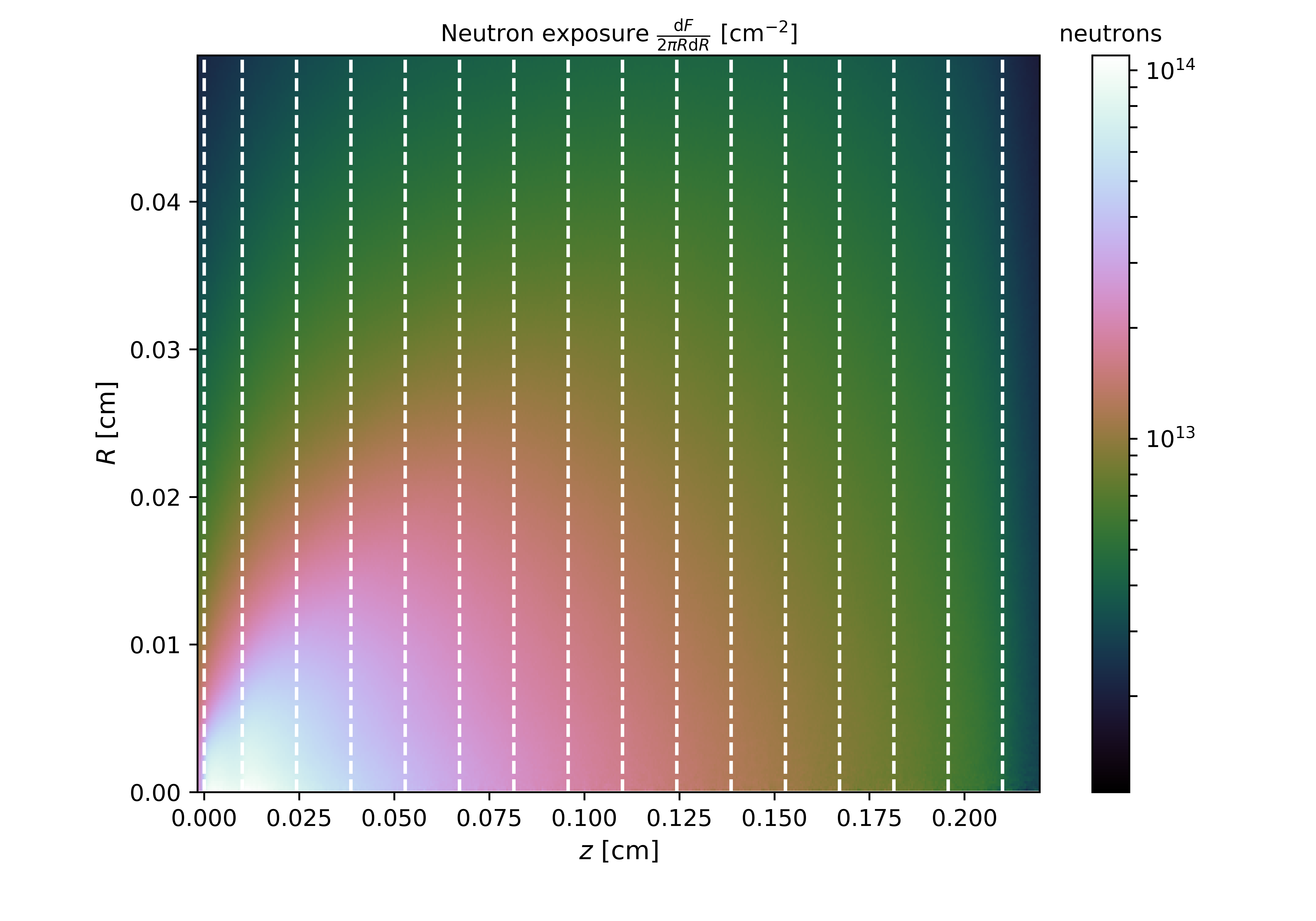Nucleosynthesis

Stars synthesize atomic nuclei through complex processes. These are now studied in the laboratory using ultra-intense lasers.
Principle:
The processes of synthesis of atomic nuclei in stars are complex and multiple. For the lightest elements (up to iron), it is a succession of fusion reactions (proton-proton and carbon-nitrogen-oxygen cycles; fusions of He, O and Si). For the heaviest elements, it is a succession of protonic (p-process) and neutronic captures, slow (s-process) or fast (r-process).

What we have done at LULI :
An ERC project [Matter and Radiation at Extremes 4, 054402 (2019)] is underway at LULI to study these questions, which will involve the generation of neutron beams of record brightness using the new APOLLON laser facility. These beams will have rather low neutron numbers in absolute terms, but will take advantage of an ultra-short duration [Phys. Rev. Lett. 115, 054802 (2015)] and over small areas to try to enter the regime of multiple neutron absorption by heavy nuclei.
Contact :
julien.fuchs[at]polytechnique.edu




